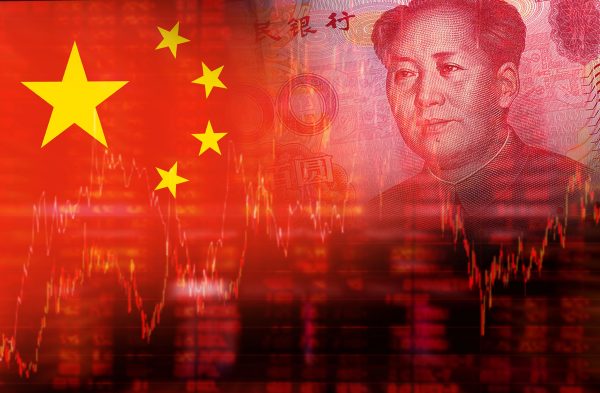Copyright thediplomat

The recently concluded Fourth Plenum Session of the Communist Party of China approved the draft proposal for the 15th Five-Year Plan, setting the strategic direction for China’s next stage of development. After formal review and approval at the National People’s Congress in March, the plan will enter the implementation period. The Fourth Plenum’s communiqué offers an early glimpse into the priorities that will shape the country’s policy agenda in the years ahead. The 15th Five-Year Plan, covering the period from 2026-2030, plays a crucial role in guiding China toward its second centenary goal by 2035. It marks a critical transition, not only in terms of long-term objectives but also in the approach to development. While the overarching goal of modernization by 2035 remains unchanged, the recommendations issued by the Fourth Plenum adopt a new emphasis on achieving “qualitative change” rather than “quantitative change.” Based on the signals thus far, the 15th Five-Year Plan will take a more cautious view of the next five years than previous plans. Its positioning emphasizes persistence and long-term development, which suggests that during the next five years, less attention will be given to short-term issues, with a stronger focus on continuity and addressing long-term challenges. A key feature of this new plan is its more cautious outlook toward the external environment. While the 14th Five-Year Plan highlighted a world with a mix of opportunities and risks, the documents guiding the 15th Five-Year Plan acknowledge the increasingly complex global landscape. This official assessment underscores rising uncertainties and the unpredictable factors that could impact China’s development, requiring greater strategic resilience in the face of these challenges. The goals of the 15th Five-Year Plan reflect significant shifts compared to its predecessor. The 14th Five-Year Plan focused on areas such as economic development, reform and opening up, social civility, ecological civilization, and governance effectiveness. In contrast, based on the recommendations made at the Fourth Plenum, the 15th Five-Year Plan will highlight high-quality development, scientific and technological self-reliance, deeper comprehensive reform, improved living standards, and enhanced national security. A notable change is the shift from the broad focus on “economic development” to a more refined focus on “high-quality development,” which emphasizes sustainable, innovation-driven growth over sheer quantitative expansion. This aligns with the overarching goal of modernization by 2035 and highlights the importance of technological progress as a central driver. The emphasis on “technological self-reliance” is particularly pronounced, signaling the importance of reducing dependence on foreign technologies amid escalating global competition, particularly with the United States. Another significant change is the updated focus on “comprehensive reform” rather than the previous emphasis on “reform and opening up.” This shift reflects a more inward-looking strategy, as deglobalization trends and national security concerns reshape China’s approach to international engagement. However, the “comprehensive reforms” outlined in the plan will likely continue to include measures to expand domestic openness, albeit within a more controlled framework focused on strengthening domestic circulation. The recommendations for the 15th Five-Year Plan also highlight the vital role of the market economy, with a strong focus on strengthening domestic demand. It appears that the new plan will promote a comprehensive strategy to boost consumption, expand investment, and build a unified national market. The plan calls for a balanced approach in which consumption and investment complement each other to drive sustainable economic growth. On the supply side, the plan seeks to develop a modern industrial system and reinforce the real economy by integrating innovation with industrial advancement, rather than relying solely on an “innovation-driven” model. This approach reflects a deeper structural reform designed to balance supply and demand and optimize the relationship between production and consumption. All in all, China’s 15th Five-Year Plan framework unveiled at the Fourth Plenum places “high-quality development” at its core, continuing the shift from quantitative to qualitative growth begun under the 14th Plan. Technology, particularly autonomous innovation, assumes a central role, while greater emphasis is placed on sustainability, flexibility, and long-term development over the next five years.



